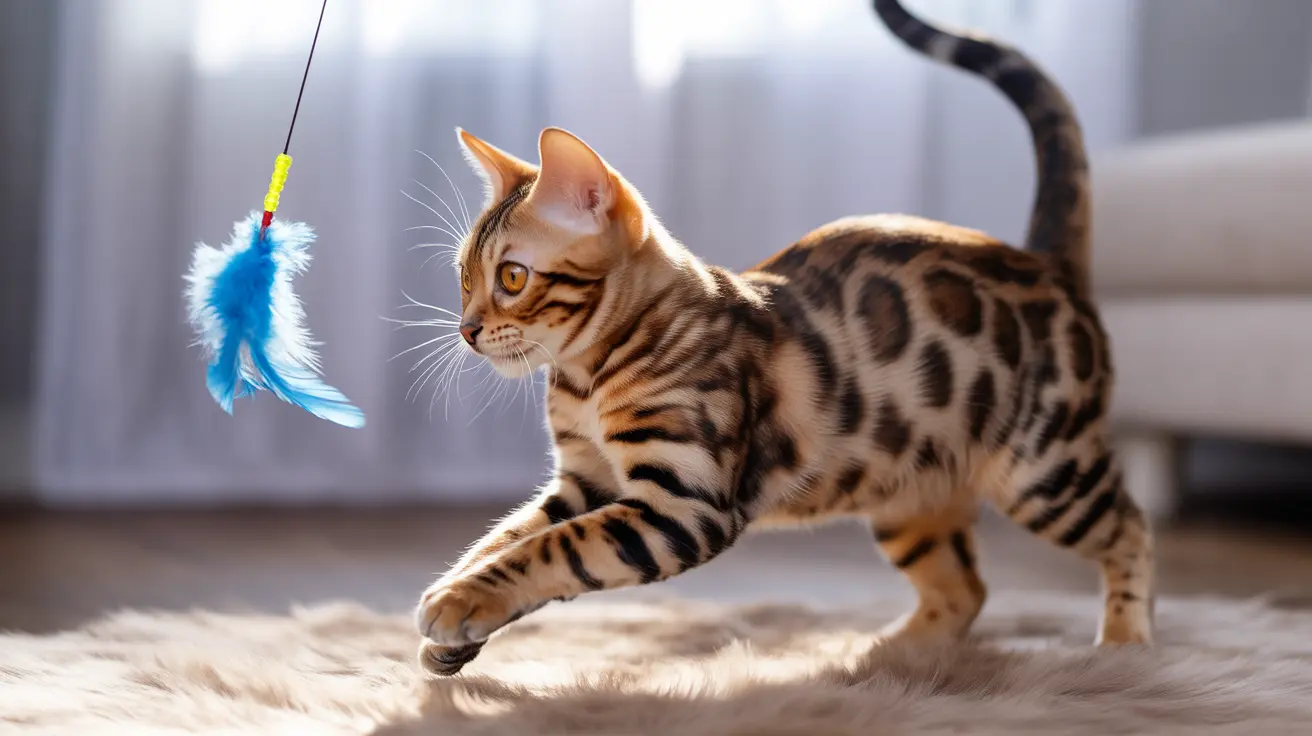Are Dragon Tree Plants Poisonous to Pets?
Dragon tree plants, scientifically known as Dracaena spp., are popular houseplants appreciated for their striking foliage and easy maintenance. However, for pet owners—especially cat guardians—it is crucial to know that these plants are indeed toxic to cats.
Why Dragon Trees Are Toxic
Dragon trees contain compounds called saponins. These naturally occurring chemicals serve as a defense mechanism in plants but can be toxic to animals when ingested. In cats, saponins cause a range of adverse symptoms primarily affecting the gastrointestinal and neurological systems.
Symptoms of Poisoning in Cats
When a cat ingests any part of the dragon tree plant, symptoms may manifest rapidly. Common signs include:
- Drooling
- Vomiting
- Diarrhea
- Abdominal discomfort
- Loss of appetite
- Lethargy and depression
- Unsteady gait
- Rapid heartbeat
- Dilated pupils
These symptoms typically appear shortly after ingestion and are usually self-limiting, resolving once the plant material has exited the digestive system.
Diagnosis and Veterinary Treatment
Immediate veterinary care is advised if you suspect your cat has ingested a dragon tree. Diagnosis is often based on your observations and a history of plant exposure. Clinical assessments may include:
- Physical examination
- Blood work to evaluate hydration and electrolyte balance
Treatment is mainly supportive. There is no specific antidote for saponin poisoning. Likely interventions include:
- Intravenous or subcutaneous fluids
- Anti-nausea medications
- Pain management if necessary
Antibiotics are not typically required unless a secondary bacterial infection is suspected.
Prognosis and Recovery
Most cats recover fully from dragon tree poisoning with appropriate veterinary care. Neither the liver, kidneys, nor gastrointestinal tract suffers long-lasting damage. Symptoms often subside within 24 hours once the toxins are expelled.
Home Care for Recovery
Supportive home care is essential. It includes:
- Providing a calm, comfortable environment
- Encouraging adequate hydration
- Monitoring eating, drinking, and litter box use
- Ensuring no further plant ingestion occurs
Do not attempt to induce vomiting without consulting a veterinarian, as this can worsen the situation.
Risks from Related Dracaena Species
Other species like Dracaena marginata (Madagascar dragon tree) and Straight margined dracaena pose similar threats due to the same toxic components. Given their popularity in home décor, pet exposure can happen easily.
Preventive Measures
Pet owners should take the following steps to prevent poisoning incidents:
- Keep toxic plants out of reach of pets
- Promptly remove fallen leaves or plant debris
- Supervise pets around indoor and garden plants
- Use non-toxic alternatives for greenery
Other Toxic Plants to Be Aware Of
Dragon trees are not the only houseplants toxic to cats. Others include:
- Asparagus fern
- Corn plant (also a Dracaena)
- Dieffenbachia
- Elephant ear
- Lilies (especially Easter and stargazer varieties)
- Cyclamen
- Heartleaf philodendron
- Jade plant
- Satin pothos
- Mistletoe cactus
These plants can cause symptoms ranging from oral irritation to organ failure, depending on the type and amount ingested.
If Your Cat Eats a Toxic Plant
Should your cat ingest any toxic plant, follow these steps:
- Contact your veterinarian or an emergency poison control hotline immediately
- Do not induce vomiting unless advised
- Collect a sample of the plant for identification
Early action can significantly improve outcomes and reduce complications.
Can Dragon Trees Survive Pet Damage?
Interestingly, if your cat strips the dragon tree of its leaves, the plant may still survive. Here’s how you can help it recover:
- Stop watering until the soil dries out
- Place in bright, indirect light
- Avoid cold drafts
- Prune damaged areas with clean, sharp tools
Stem cuttings may be propagated into new plants if the original has suffered extensively. During recovery, maintain moderate watering and lighting for optimal regrowth.
Conclusion
While dragon tree plants are attractive additions to homes, their toxicity to cats makes them a risky choice for pet owners. Understanding the signs of poisoning, providing quick veterinary care, and taking preventive measures can safeguard your furry friend's health. When in doubt, always consult a veterinarian for professional guidance.





